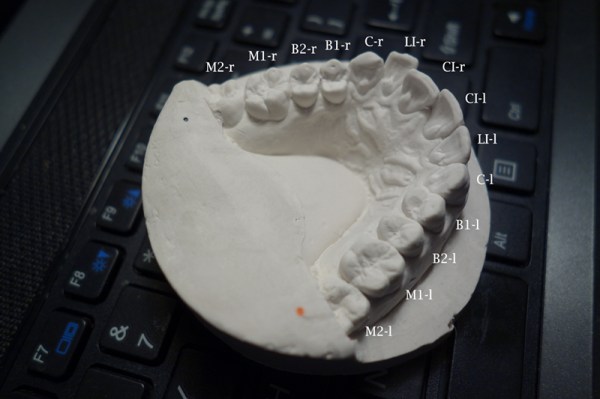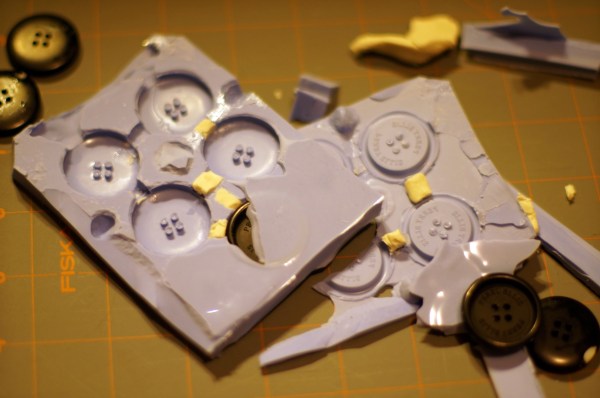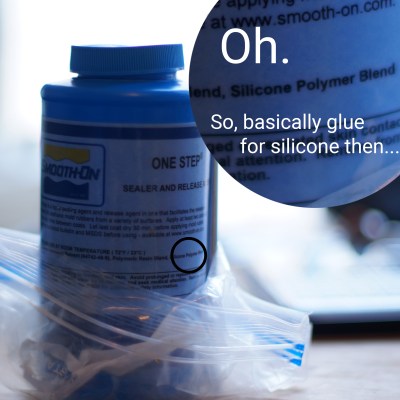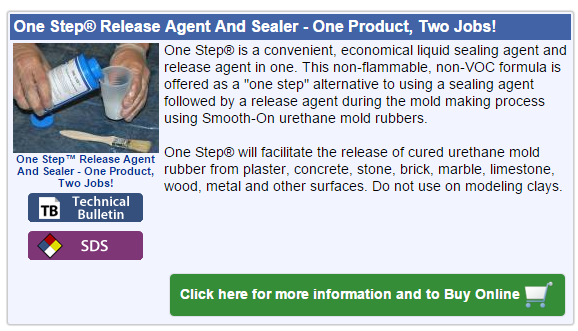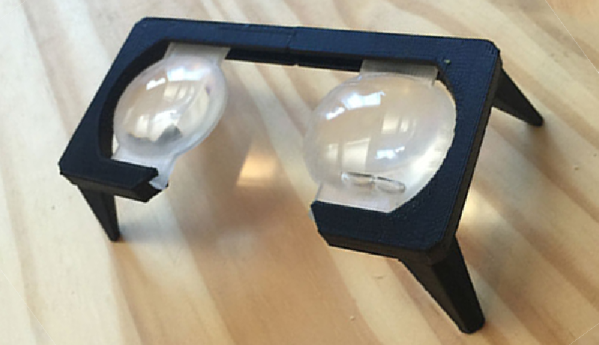Mini Sumo seems like one of those hobbies that starts out innocently enough, and ends up with a special room in the house dedicated to it. One day you’re excitedly opening up your first Basic Stamp kit, and the next you’re milling out mini molds on a mini lathe to make mini extra sticky tires.
[Dave] started out trying to find a part from the local big box store that was just a little bigger than the wheel he wanted to rubberize. He set the wheel inside a plumbing cap and poured the urethane in. It worked, but it required a lot of time with a sharp knife to carve away the excess rubber.
In the meantime he acquired a Sherline Mini Mill and Lathe. With the new tools available to him, he made a new mold out of a bit of purple UHMW and some acrylic. This one produced much nicer results. Using a syringe he squeezed resin into the mold through a hole in the acrylic. Much less cleanup was needed.
He later applied these methods to smaller, wider wheels as his mini sumo addiction took a stronger hold on his life.



